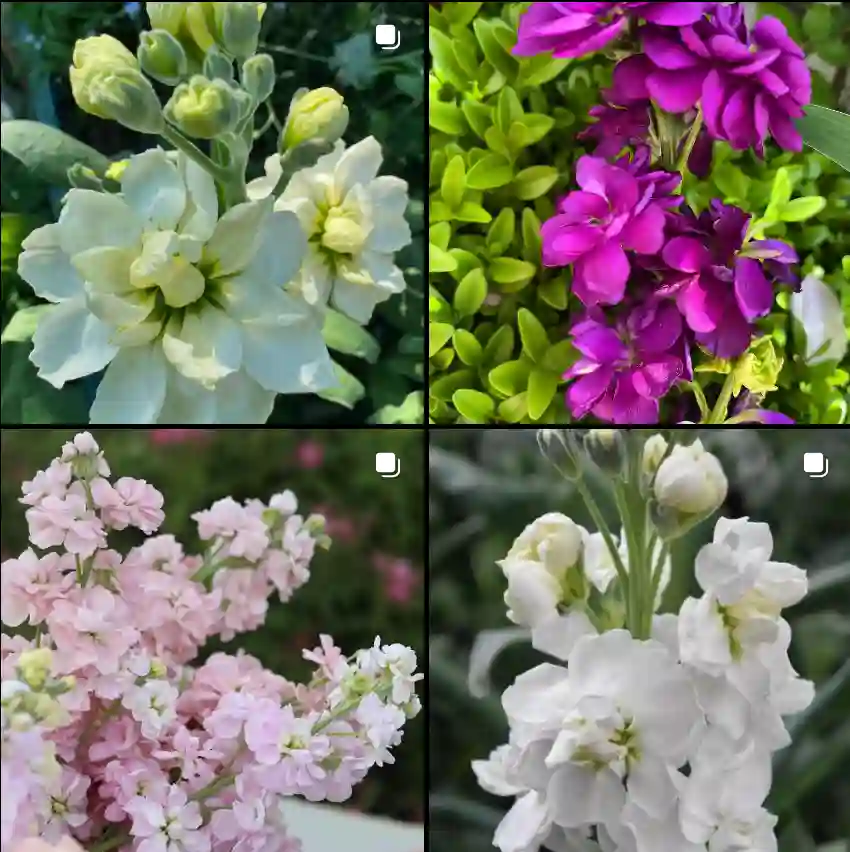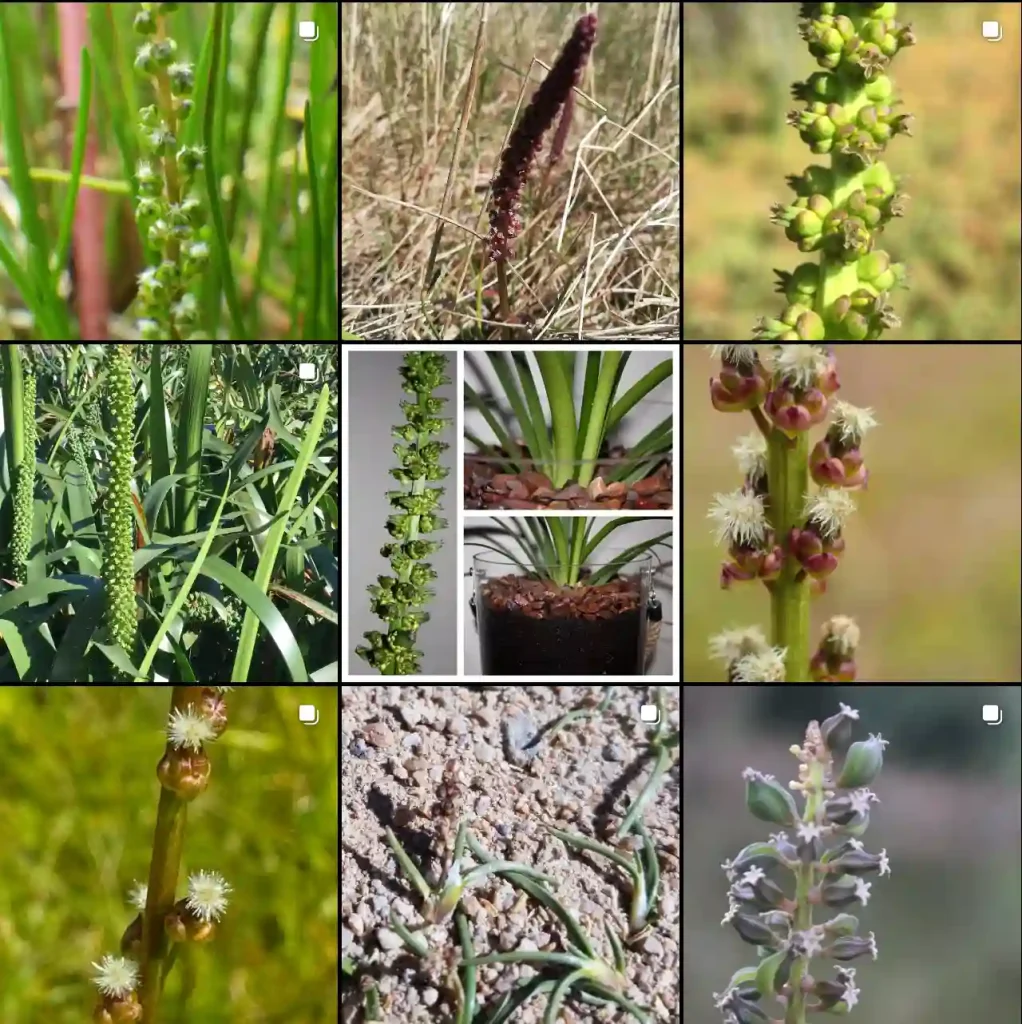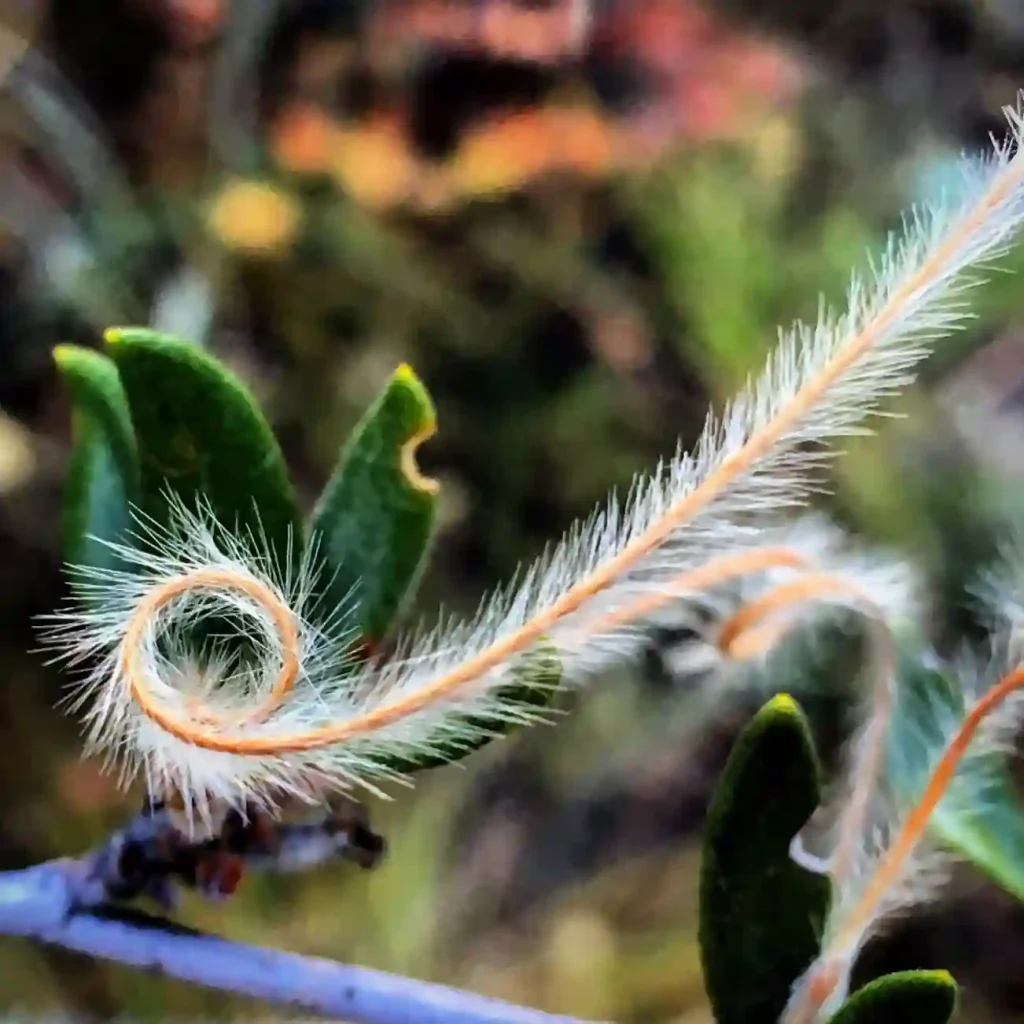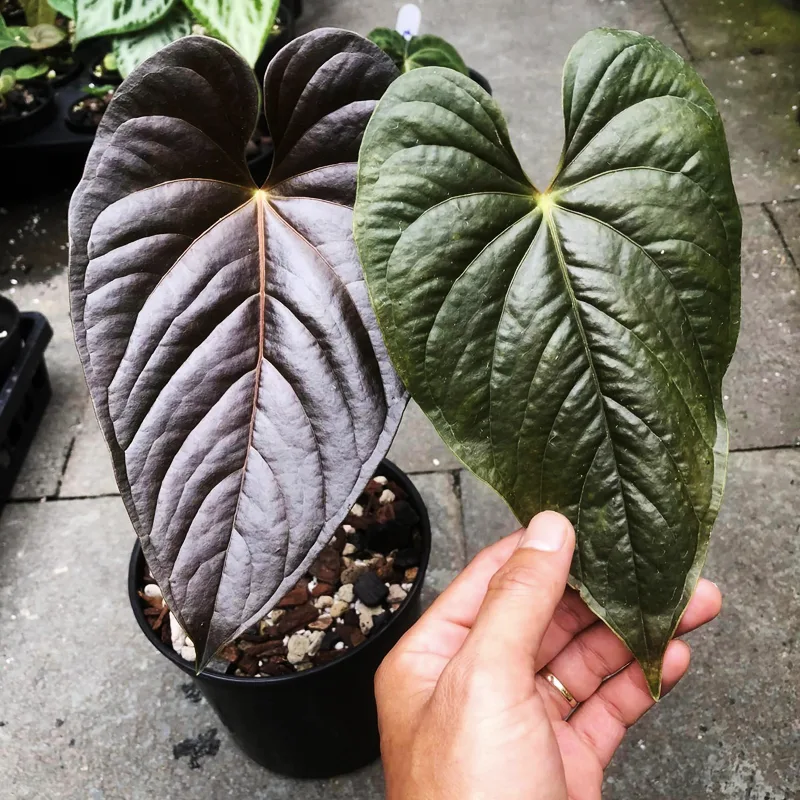Hoya Vitellinoides: A Stunning Climber with Enormous Foliage
I’m Ferb Vu, and for plant enthusiasts like myself, the Hoya Vitellinoides is a captivating discovery. This tropical climber boasts not only stunning foliage but also the potential for beautiful blooms. Let’s delve into the world of Hoya Vitellinoides, answering some of the most common questions and exploring its unique characteristics.
566 Species in Genus Hoya
What Makes Hoya Vitellinoides Special?
The first thing that grabs your attention with Hoya Vitellinoides is the foliage. The leaves are large and lush, with a light green base adorned by a mesmerizing network of dark green veins. As the plant matures, these leaves can reach truly impressive sizes – up to 10 inches long and 5 inches wide. The undersides often have a delightful pinkish blush, adding another layer of visual intrigue.
But the beauty doesn’t stop there. Under the right conditions, Hoya Vitellinoides can produce clusters of star-shaped blooms. These flowers are a conversation starter, boasting a striking gold color with a creamy-yellow corona in the center.
Hoya Vitellinoides vs Hoya Carnosa
New Hoya enthusiasts often ask how Hoya Vitellinoides compares to its more common cousin, Hoya Carnosa, also known as the Wax Plant. Both are stunning climbers with beautiful foliage, but there are some key differences.
- Leaves: Hoya Carnosa has smaller, rounder leaves compared to the larger, elongated leaves of Hoya Vitellinoides.
- Veination: Hoya Carnosa typically has a less pronounced vein network compared to the bold, contrasting veins of Hoya Vitellinoides.
- Blooms: Hoya Carnosa flowers are generally smaller and come in a wider range of colors, while Hoya Vitellinoides has the distinctive gold and yellow blooms.
Ultimately, the choice between these two Hoyas comes down to personal preference. If you crave large, dramatic foliage with a striking vein pattern, Hoya Vitellinoides might be your perfect match.
Hoya Vitellinoides vs Meredithii
Hoya Vitellinoides and Hoya Meredithii can be distinguished by their leaf shapes, with Vitellinoides having more elongated leaves while Meredithii showcases rounder leaves.
How to care for Hoya Vitellinoides?
Like most Hoyas, Hoya Vitellinoides is a relatively low-maintenance plant. Here’s what you need to know to keep it thriving:
- Light: This plant prefers bright, indirect light. Avoid harsh direct sunlight, which can scorch the leaves.
- Water: Hoyas are succulents, meaning they store water in their leaves. Water deeply when the soil feels dry to the touch, but avoid letting the plant sit in soggy soil.
- Humidity: While Hoya Vitellinoides can tolerate average humidity levels, it flourishes in a more humid environment. Consider using a humidifier or grouping your Hoya with other moisture-loving plants.
- Soil: A well-draining potting mix is crucial. Opt for a mixture specifically designed for cacti and succulents, or create your own by combining potting soil with perlite or orchid bark.
- Fertilizer: During the growing season (spring and summer), a diluted application of a balanced fertilizer once a month can give your Hoya a boost.
Helping Your Hoya Vitellinoides Climb
As a vining plant, Hoya Vitellinoides appreciates having something to climb on. You can provide support using a trellis, moss pole, or even a simple loop of wire. Gently train the vines to wrap around the support as they grow.
Blooming Success: Encouraging Flowers on Your Hoya Vitellinoides
While not all Hoyas flower readily indoors, there are ways to increase your chances with Hoya Vitellinoides.
- Provide sufficient light: As mentioned earlier, bright indirect light is key.
- Don’t over-fertilize: Excess nitrogen can hinder flowering. Opt for a fertilizer with a balanced NPK ratio, focusing on phosphorus (the middle number) during the blooming season.
- Maturity matters: Younger Hoyas are less likely to flower. Be patient and give your plant time to mature.
- Don’t prune excessively: Hoya flowers appear on older growth, so avoid overly aggressive pruning.
Conclusion: The Reward of Owning a Hoya Vitellinoides
With its captivating foliage and the potential for stunning blooms, Hoya Vitellinoides is a rewarding addition to any plant collection. By understanding its basic needs and providing the right environment, you can witness this tropical climber thrive and showcase its unique beauty in your home.
If i die, water my plants!



